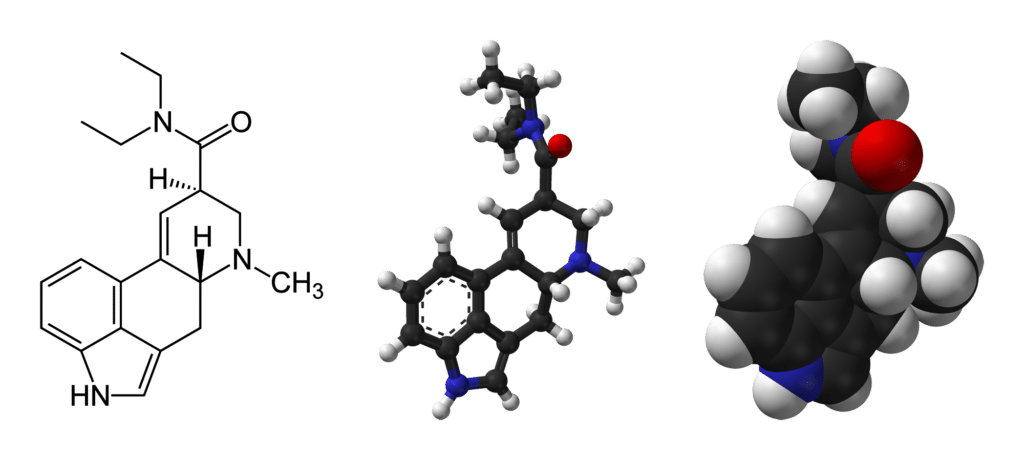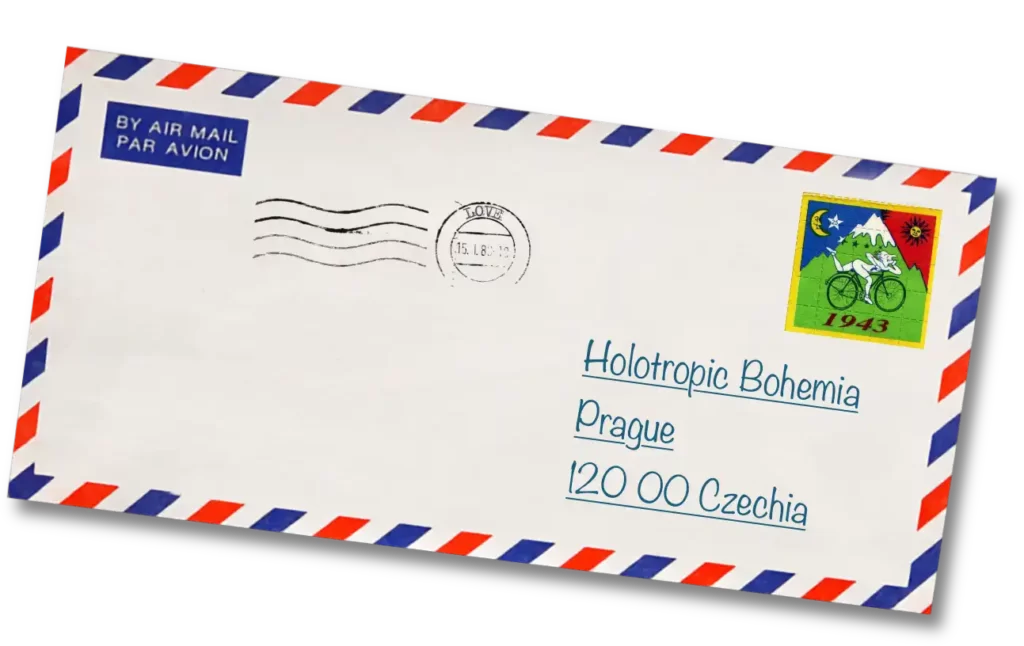People at
Grof Transpersonal Training
There are many great people at Grof Transpersonal Training. Some of the current senior staff members were able to join Stan and Christina while they still have been working at the Esalen Institute, where Holotropic Breathwork originally emerged. Here are some of our dearest teachers, who have been directly helping to shape our practice here at Holotropic Bohemia.

Tav Sparks was the director of Grof Transpersonal Training for 23 years. Tav was a teacher, consultant and writer with over 30 years of experience working with people in non-ordinary states of consciousness. Since 1986, Tav has conducted hundreds of trainings and workshops and supported thousands of individuals in their deep inner work. In 1990, he became the primary faculty member of GTT, working alongside Stanislav Grof. In 1998, Tav, along with his wife Cary, took over GTT from the Grofs. Among Tav’s books are The Power Within: Becoming, Being, and the Holotropic Paradigm; and Movie Yoga: How Every Film Can Change Your Life. He is also author of the training manual Doing Not Doing: A Facilitator’s Guide to Holotropic Breathwork. Tav lived in Northern California and was the father of two sons, Ason and Bryn, and the grandfather of four boys.
Tav Sparks was the director of Grof Transpersonal Training for 23 years. Tav was a teacher, consultant and writer with over 30 years of experience working with people in non-ordinary states of consciousness. Since 1986, Tav has conducted hundreds of trainings and workshops and supported thousands of individuals in their deep inner work. In 1990, he became the primary faculty member of GTT, working alongside Stanislav Grof. In 1998, Tav, along with his wife Cary, took over GTT from the Grofs. Among Tav’s books are The Power Within: Becoming, Being, and the Holotropic Paradigm; and Movie Yoga: How Every Film Can Change Your Life. He is also author of the training manual Doing Not Doing: A Facilitator’s Guide to Holotropic Breathwork. Tav lived in Northern California and was the father of two sons, Ason and Bryn, and the grandfather of four boys.

Sitara Blasco is a psychologist from Valencia University with master studies in Gestalt psychotherapy and Integrative Psychology. She was born and raised in Caracas, Venezuela and has lived in the United States before moving to Spain in 1990. Sitara lives in Alicante, where she has a private psychotherapeutic practice. Her background includes training in body-oriented techniques, theatre acting, therapeutic clown, dancing, shamanism and meditation. In recent years, Sitara’s interest in the Enneagram moved her to take Claudio Naranjo’s SAT program. She is a Holotropic Breathwork facilitator, leading numerous workshops every year in Spain and Europe since 2002. Sitara has also worked as staff member at international GTT training modules in Mexico, Spain, Ireland and Austria. Since 2003, she is co-organizing the Spanish GTT program, together with Juanjo Segura.
Sitara Blasco is a psychologist from Valencia University with master studies in Gestalt psychotherapy and Integrative Psychology. She was born and raised in Caracas, Venezuela and has lived in the United States before moving to Spain in 1990. Sitara lives in Alicante, where she has a private psychotherapeutic practice. Her background includes training in body-oriented techniques, theatre acting, therapeutic clown, dancing, shamanism and meditation. In recent years, Sitara’s interest in the Enneagram moved her to take Claudio Naranjo’s SAT program. She is a Holotropic Breathwork facilitator, leading numerous workshops every year in Spain and Europe since 2002. Sitara has also worked as staff member at international GTT training modules in Mexico, Spain, Ireland and Austria. Since 2003, she is co-organizing the Spanish GTT program, together with Juanjo Segura.

Juanjo Segura is the director of GTT Spain. He lives in Alicante, where he has a private psychotherapeutic practice. Originally, Juanjo was involved in the field of telecommunications, where he was trained in business management. Later he fulfilled his wish to become a therapist, taking training in Integrative Psychotherapy and Claudio Naranjo’s SAT program with the Enneagram. Juanjo has also been working for several years with people in substance addiction rehabilitation programs. He had traveled to the Peruvian forest for retreats with healing master plants. Seriously involved in Zen meditation, he has taken the breathwork also to meditation groups. His background includes training in body-oriented techniques, martial arts and shamanism. Juanjo has worked on staff at international GTT training modules in Mexico, Spain, Ireland and Austria. Since 2003, he is organizing the Spanish GTT program, together with Sitara.
Juanjo Segura is the director of GTT Spain. He lives in Alicante, where he has a private psychotherapeutic practice. Originally, Juanjo was involved in the field of telecommunications, where he was trained in business management. Later he fulfilled his wish to become a therapist, taking training in Integrative Psychotherapy and Claudio Naranjo’s SAT program with the Enneagram. Juanjo has also been working for several years with people in substance addiction rehabilitation programs. He had traveled to the Peruvian forest for retreats with healing master plants. Seriously involved in Zen meditation, he has taken the breathwork also to meditation groups. His background includes training in body-oriented techniques, martial arts and shamanism. Juanjo has worked on staff at international GTT training modules in Mexico, Spain, Ireland and Austria. Since 2003, he is organizing the Spanish GTT program, together with Sitara.

Jean Farrell, born in England, has lived in Ireland for 40 years with her husband and the children they have fostered, before recently moving to Scotland. In England she worked as a senior lecturer in Youth and Community Work, teaching Counseling Skills and Group Work at Manchester Metropolitan University. In Ireland she works as a psychotherapist and offers supervision to therapists working with trauma. Jean also teaches Counseling and Therapeutic Skills for the National University of Ireland. Since 1996, she offers residential Holotropic Breathwork workshops every month in a small centre at her home. Jean has worked on staff with GTT in Italy, Spain, Ireland, England, Austria, Slovenia and the Czech Republic. Her other main interest, when she has time, is her garden, which she and her husband attempt to create in the West of Ireland. Jean has a small playful dog called Maya who reminds her that everything is an illusion.
Jean Farrell, born in England, has lived in Ireland for 40 years with her husband and the children they have fostered, before recently moving to Scotland. In England she worked as a senior lecturer in Youth and Community Work, teaching Counseling Skills and Group Work at Manchester Metropolitan University. In Ireland she works as a psychotherapist and offers supervision to therapists working with trauma. Jean also teaches Counseling and Therapeutic Skills for the National University of Ireland. Since 1996, she offers residential Holotropic Breathwork workshops every month in a small centre at her home. Jean has worked on staff with GTT in Italy, Spain, Ireland, England, Austria, Slovenia and the Czech Republic. Her other main interest, when she has time, is her garden, which she and her husband attempt to create in the West of Ireland. Jean has a small playful dog called Maya who reminds her that everything is an illusion.

Sonja Busch is a seasoned teacher, trainer, and practitioner specializing in trauma-sensitive approaches, Holotropic Breathwork and integrative therapeutic methods. As GTT Europe Coordinator and Founder of the European Association for Holotropic Breathwork, she is dedicated to fostering deep transformation and healing. With a Master’s degree in political science and sociology, a university degree in clinical supervision, and advanced training in Bowen Body Therapy, counseling, and Jungian and Transpersonal Psychology, Sonja integrates diverse approaches into her work. Her experience spans multiple countries, including post-conflict regions, where she has supported individuals affected by trauma, displacement, and violence. Combining traditional and innovative methods, she weaves expanded states of consciousness into her therapeutic practice.
Sonja Busch is a seasoned teacher, trainer, and practitioner specializing in trauma-sensitive approaches, Holotropic Breathwork and integrative therapeutic methods. As GTT Europe Coordinator and co-founder of the European Association for Holotropic Breathwork, she is dedicated to fostering deep transformation and healing. With a Master’s degree in political science and sociology, a university degree in clinical supervision, and advanced training in Bowen Body Therapy, counseling, and Jungian and Transpersonal Psychology, Sonja integrates diverse approaches into her work. Her experience spans multiple countries, including post-conflict regions, where she has supported individuals affected by trauma, displacement, and violence. Combining traditional and innovative methods, she weaves expanded states of consciousness into her therapeutic practice.

Thomas Liska is a GTT Europe Coordinator and co-founder of the Holotropic Association of Europe. He has facilitated Holotropic Breathwork across Ukraine, Slovenia, Slovakia, Hungary, Spain, the USA, the UK, Turkey, Israel, the Czech Republic, and Poland, and organizes workshops in Austria. Originally trained in a technical field, Thomas later shifted his focus to transpersonal psychology and psychotherapy. He is trained in Systemic Family Therapy, Psychosynthesis, sex therapy, and Psychodynamic Imaginative Trauma Therapy (PITT). He also holds academic degrees in counseling, coaching and supervision, and organizational development and is a certified SoulCollage® facilitator.
Thomas Liska is a GTT Europe Coordinator and co-founder of the Holotropic Association of Europe. He has facilitated Holotropic Breathwork across Ukraine, Slovenia, Slovakia, Hungary, Spain, the USA, the UK, Turkey, Israel, the Czech Republic, and Poland, and organizes workshops in Austria. Originally trained in a technical field, Thomas later shifted his focus to transpersonal psychology and psychotherapy. He is trained in Systemic Family Therapy, Psychosynthesis, sex therapy, and Psychodynamic Imaginative Trauma Therapy (PITT). He also holds academic degrees in counseling, coaching and supervision, and organizational development and is a certified SoulCollage® facilitator.




